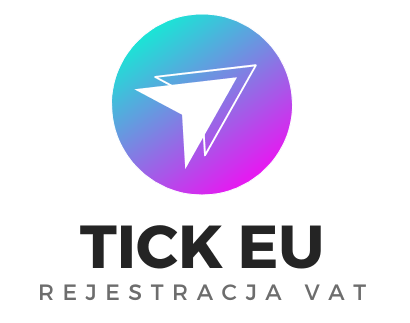In Germany, there is currently a significant shift towards mandatory electronic invoice exchange among companies. With the approval of the Growth Opportunities Act in March 2024, the gradual introduction of the e-invoicing requirement has also been decided. Paper invoices will soon be a thing of the past.
The new obligation dictates that German companies must be capable of receiving electronic invoices in formats compliant with the CEN EN 16931 standard from January 1, 2025. The invoice recipient no longer has the option to reject electronic invoices, as paper invoices no longer hold precedence.
Starting from January 1, 2027, sending electronic invoices in Germany will be mandatory for larger companies with an annual turnover exceeding 800,000 euros.
From January 1, 2028, the B2B obligation for e-invoice exchange will be extended to all other companies, ensuring that from that point onward, all enterprises must issue and receive electronic invoices in formats compliant with the CEN EN 16931 standard.
What are the transitional periods and exceptions?
In Germany, the era of paper invoices is coming to an end. For existing EDI (Electronic Data Interchange) invoices, there is a transitional period of approximately three years.
- Until December 31, 2026: The exchange of paper invoices and e-invoices in non-compliant formats is still possible, though paper invoices no longer hold precedence.
- Until December 31, 2027: The exchange of paper invoices and e-invoices in non-compliant formats is permissible only for companies with an annual turnover below 800,000 euros, and paper invoices will lose their precedence.
- Until December 31, 2027: Transitional period for existing EDI connections. These e-invoicing obligations apply to B2B transactions and invoices where both the sender and recipient are registered for VAT in Germany.
Cross-border invoices are exempt from the obligation. There are also exceptions for invoices below 250 euros according to § 33 UStDV and for tickets according to § 34 UStDV.
Invoices to consumers (B2C) are not subject to the obligation. Additionally, invoices to public clients (B2G) are not affected by this obligation, as there are separate regulations for electronic invoicing for B2G.
How should the obligation to receive be implemented?
Concerning the obligation to receive, companies must ensure by January 2025 that they can accept invoices in formats compliant with the CEN standard and verify whether the incoming invoice meets these requirements.
Currently accepted formats include ZUGFeRD, Xrechnung, and EDIFACT. The syntax is binding for UN/EDIFACT INVOIC D16B. However, it’s important to note that there are various versions of these formats, not all of which comply with the CEN standard. When in doubt, using the latest version is recommended. EDIFACT formats, commonly used in business, do not comply with the CEN EN 16931 standard.
Additionally, companies must determine how they will receive e-invoices. A distinction based on the size and type of invoice issuer makes sense:
- Classic EDI interfaces between the invoice issuer’s IT system and the invoice recipient’s IT system are prevalent, especially in large companies, even prior to the planned e-invoicing requirement. This method is particularly suitable for business partners with whom numerous invoices are exchanged.
- Web portals (WebEDI) provide SME suppliers with the option to fill out an invoice form via a web-based portal, from which a legally compliant invoice format can be automatically generated and sent to the recipient.
- Email, as a classic transmission method, is suitable for business partners with whom very few invoices are exchanged compared to others.
Once companies receive an e-invoice, it must be transferred to their IT systems to ensure further processing. Therefore, it’s necessary to ensure that IT systems support the required formats. If not, there are two options:
- Hiring an internal or external developer, or directly from the manufacturer enables the processing of the required formats in the IT system.
- Engaging an EDI/e-Invoicing service provider to convert the received invoice into a format that can be processed by the company’s IT system. Both on-premises converters and software service providers serve as a bridge between the reception channels and the company’s IT systems.
Smaller businesses often worry that they won’t be able to read these structured, machine-readable formats themselves. In reality, e-invoices can be made human-readable using appropriate software. This is even possible with common Internet browsers and editing programs on Windows.
What should be considered when sending e-invoices?
To meet the obligation to send electronic invoices, it must be ensured that the IT system is capable of creating invoices in the required formats. Here, too, it’s possible to enforce the creation of the desired formats directly in the IT system used or to ensure that the invoices are converted into the necessary formats with the help of a service provider.
After the invoice is in the correct format, it must be transmitted to the recipient. Depending on the circumstances, invoices can also be sent via a technical interface (classic EDI), a web portal (WebEDI), or email. In all cases, it must be ensured that the IT system with which the e-invoice is created can transmit it via an interface


